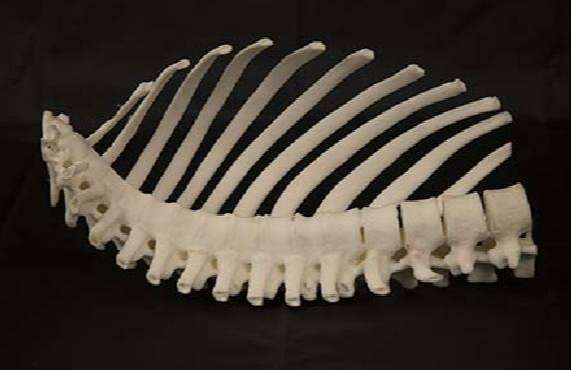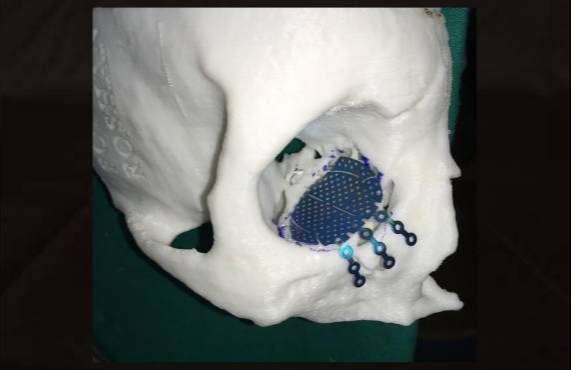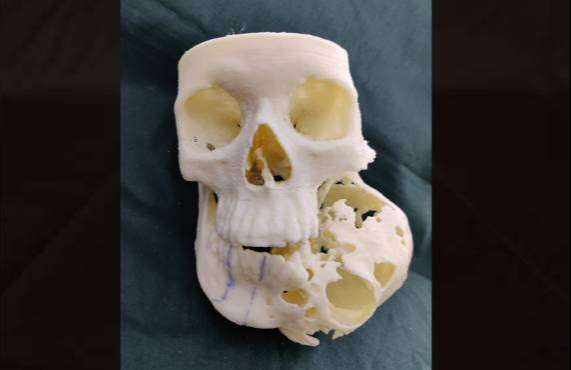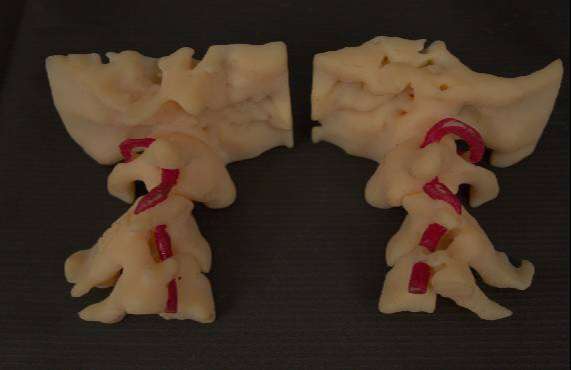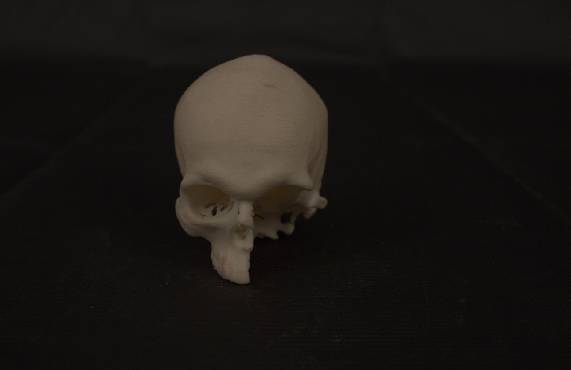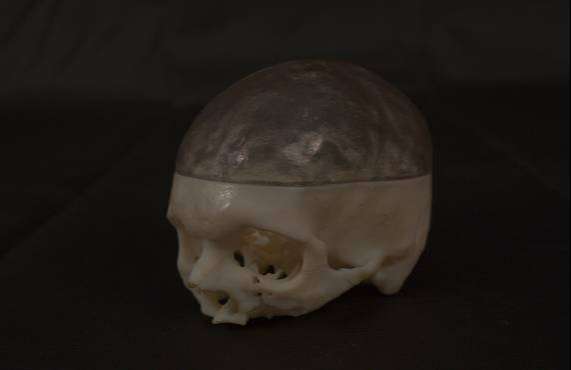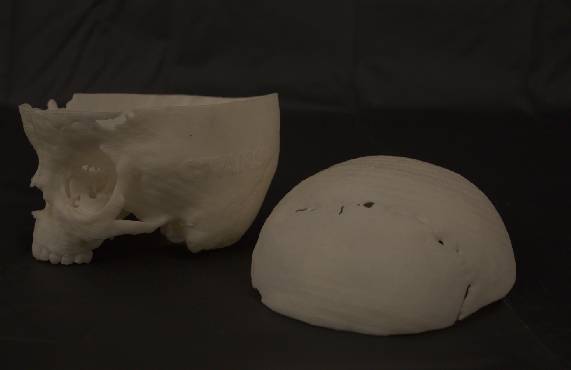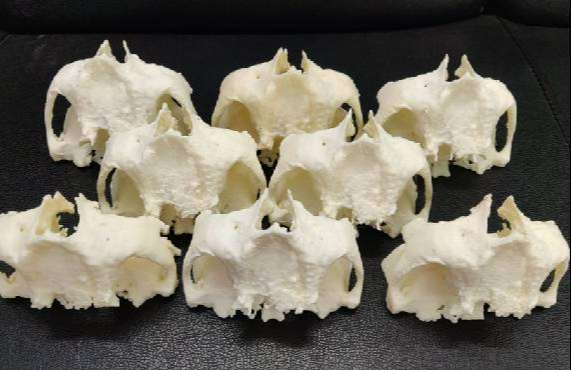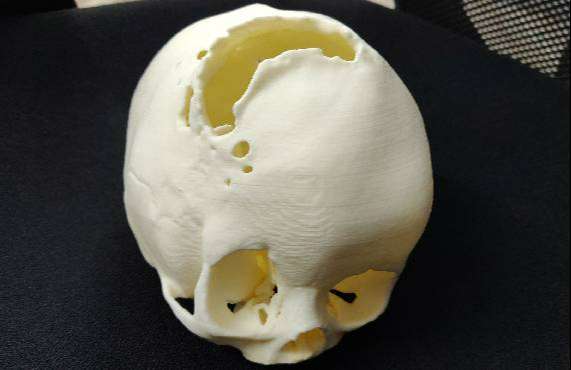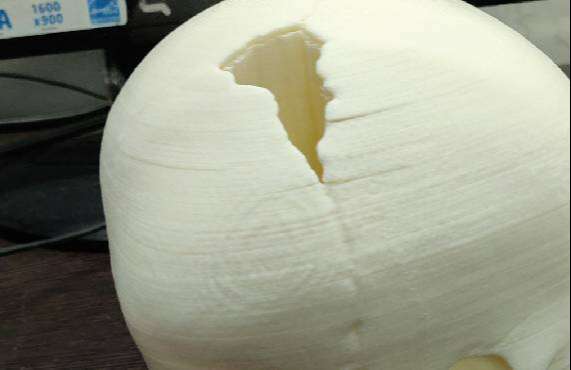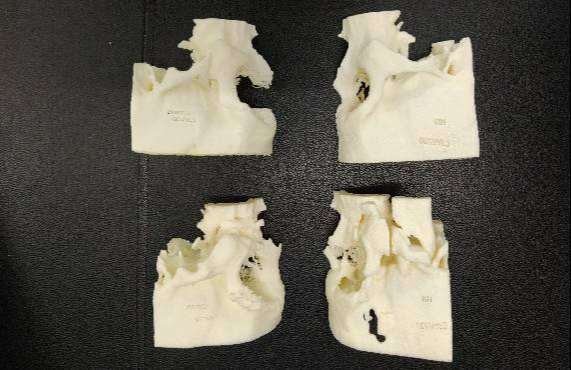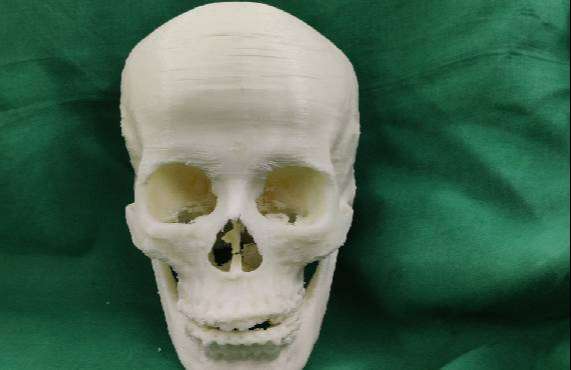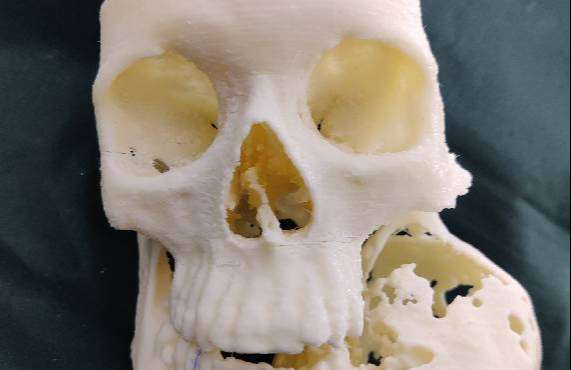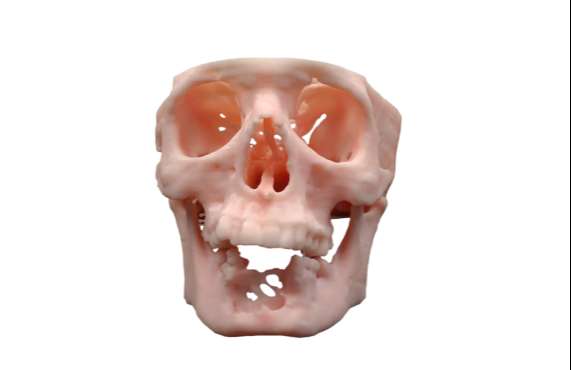Visto (Anatomic Models)
Specialist in Cranio-Maxilofacial Surgery & Customized Implantation
Visual Information
Visual information can often reveal hidden facts.
Physically reproducing your patient’s anatomy offers better insight to the complexity of the specific pathology, and provides additional information to come to a diagnosis. These models help you assess the situation and decide on a plan of action before entering the operating room, so you can be
better prepared and increase your efficiency in the operating room.
Pre-bend
Pre-bend your plates
Use the anatomical model to already bend your plates to the patient’s skeletal structure before surgery, so you don’t have to do that anymore in the operating room.
Surgery Preparation
Preparation for surgery – simple and advanced
Before you go into surgery, you can use an anatomical model to prepare yourself. You can use an anatomical model to draw your surgical plan upon. Or you can cut and drill in your model. We can also highlight certain bone fragments on the model. The more preparations are done preoperatively, the less one needs to do during surgery.
Collaborate
Collaborate with your surgical team
An anatomical model is also a great communication tool. You can show it to your fellow surgeons and colleagues to get their ideas and feedback.
Validate
Validate your custom implant
Before you go into surgery, you can use an anatomical model to prepare yourself. You can use an anatomical model to draw your surgical plan upon. Or you can cut and drill in your model. We can also highlight certain bone fragments on the model. The more preparations are done preoperatively, the less one needs to do during surgery.


